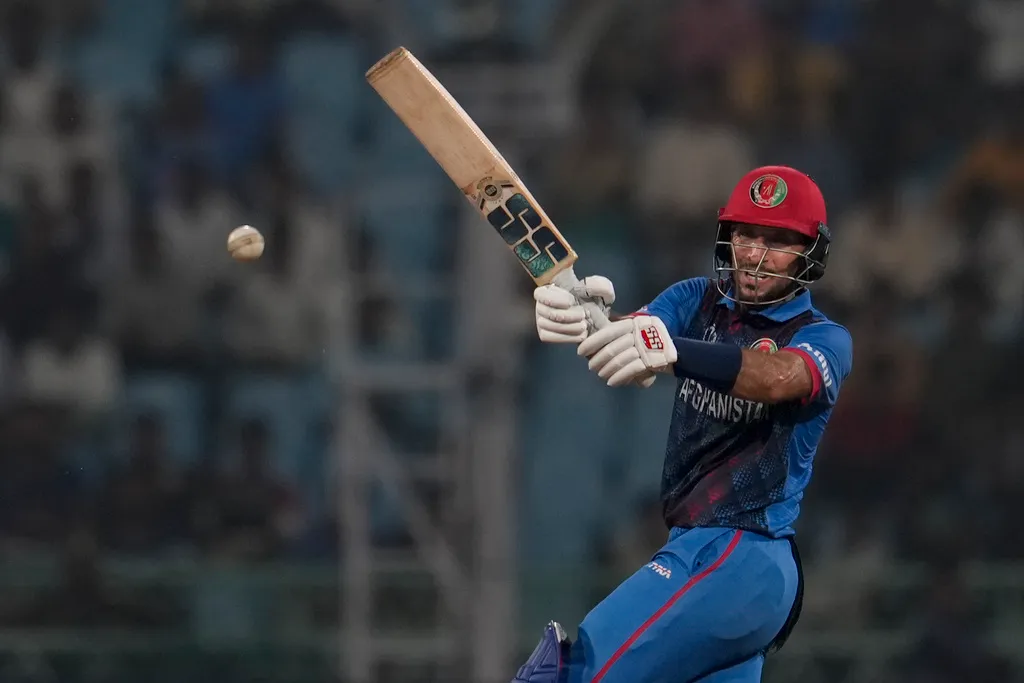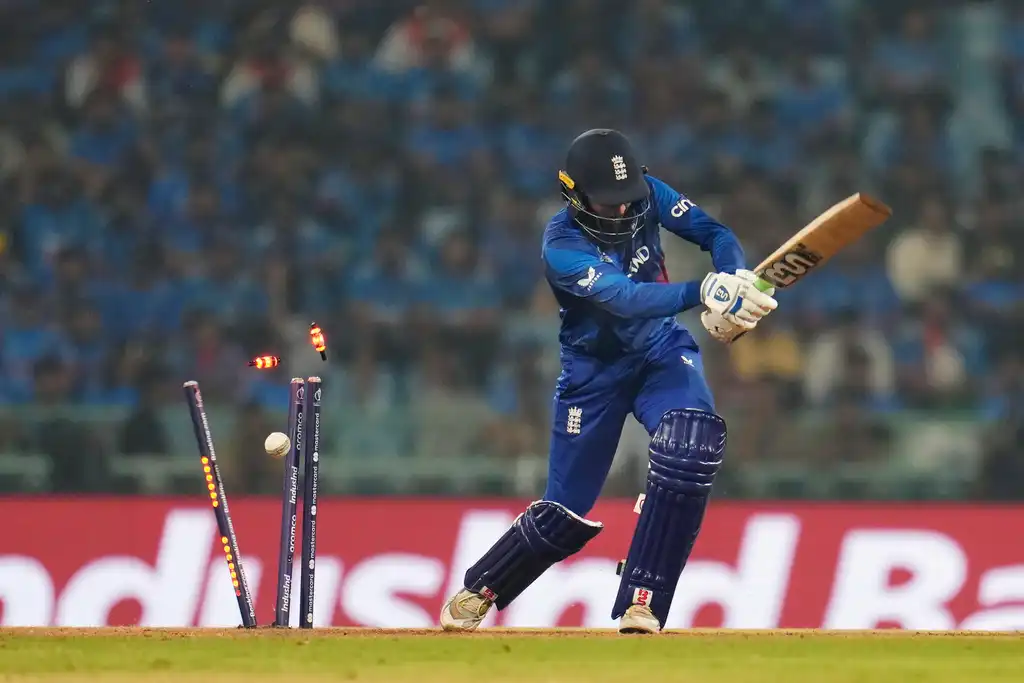 Rahmat has been the stabiliser for Afghanistan in World Cup 2023 (Source: AP Photos)
Rahmat has been the stabiliser for Afghanistan in World Cup 2023 (Source: AP Photos)
In a comprehensive victory, Afghanistan showcased their growing potential in the ICC World Cup by defeating the Netherlands with seven wickets to spare. Chasing a target of 180, Afghanistan's batters displayed calm and confidence, securing the win with 111 balls to spare.
Rahmat Shah continued to impress with the bat, notching up his third consecutive half-century in the tournament, underscoring his role as a linchpin in the Afghan batting lineup. Meanwhile, skipper Hashmatullah Shahidi played a crucial role with an unbeaten 56, guiding the team to victory in a composed and captain's knock.
For More Such Reads, Click Here.
Afghanistan's bowlers were equally impressive, effectively containing the Netherlands to a modest total of 179. The Afghan bowlers, led by their spinners, consistently applied pressure and picked up wickets at crucial junctures. This disciplined bowling performance was backed up by exceptional fielding, with Afghanistan executing four run-outs during the game, showcasing their brilliance in the field and their ability to create pressure on the opposition.
The win against the Netherlands added to Afghanistan's growing list of triumphs in the tournament, which includes notable victories over strong teams such as England, Sri Lanka, and Pakistan. Afghanistan's growing confidence and form make them a team to watch as they aim to secure a spot in the semi-finals of the ICC World Cup.
Exploring Rahmat's Boundary-Making Techniques: The Final Contact Points
In Afghanistan's pursuit of a target of 180 runs, they faced a few early hiccups. Rahmanullah Gurbaz got out in the fifth over, and Ibrahim Zadran followed suit by the 11th. However, the team wasn't under pressure regarding the required run rate, thanks to the initial flurry of boundaries from their number 3 batter, Rahmat.
Rahmat Shah's boundary-making techniques offer a fascinating insight into his versatility as a batter. He managed to score three boundaries by staying close to the stumps, about a meter away, while playing on the backfoot inside the crease. This shows his ability to handle deliveries that are closer to him.
On two occasions, Rahmat displayed his front foot skills by hitting boundaries beyond a three-meter distance from the stumps. These were likely sweep shots, demonstrating his proficiency in reaching out for the ball and finding the gaps.
Additionally, he recorded three boundaries at a two-meter distance from the stumps, showcasing a balanced approach that involved both front and back foot movement. Rahmat's precise timing and execution allowed him to place the ball expertly, emphasizing his adaptability as a batter.
However, Afghanistan didn't let Rahmat's dismissal dampen their spirits. Omarzai stepped in and played aggressively, while Shahidi held his ground. Along the way, Shahidi also reached his 19th ODI fifty. The victory was sealed in the 32nd over, with both Omarzai and Shahidi staying unbeaten in a partnership worth 52 runs. Interestingly, there were no sixes hit throughout the game.
Conclusion
Afghanistan overcame a shaky start in their chase, with Rahmat's excellent performance setting the tone. They showed resilience and composure, ultimately clinching victory with some solid partnerships and sensible batting. The absence of sixes in the game highlighted the effectiveness of calculated shot selection and partnerships in limited-overs cricket.
Netherlands is facing a tough road to make it to the Champions Trophy in 2025. Their chances of finishing in the top eight are at risk, especially with matches against England and India ahead. On the other hand, Afghanistan, currently in the fifth position, still has a shot at reaching the semi-finals. They have challenging games against Australia and South Africa on the horizon, but their hopes remain alive.





